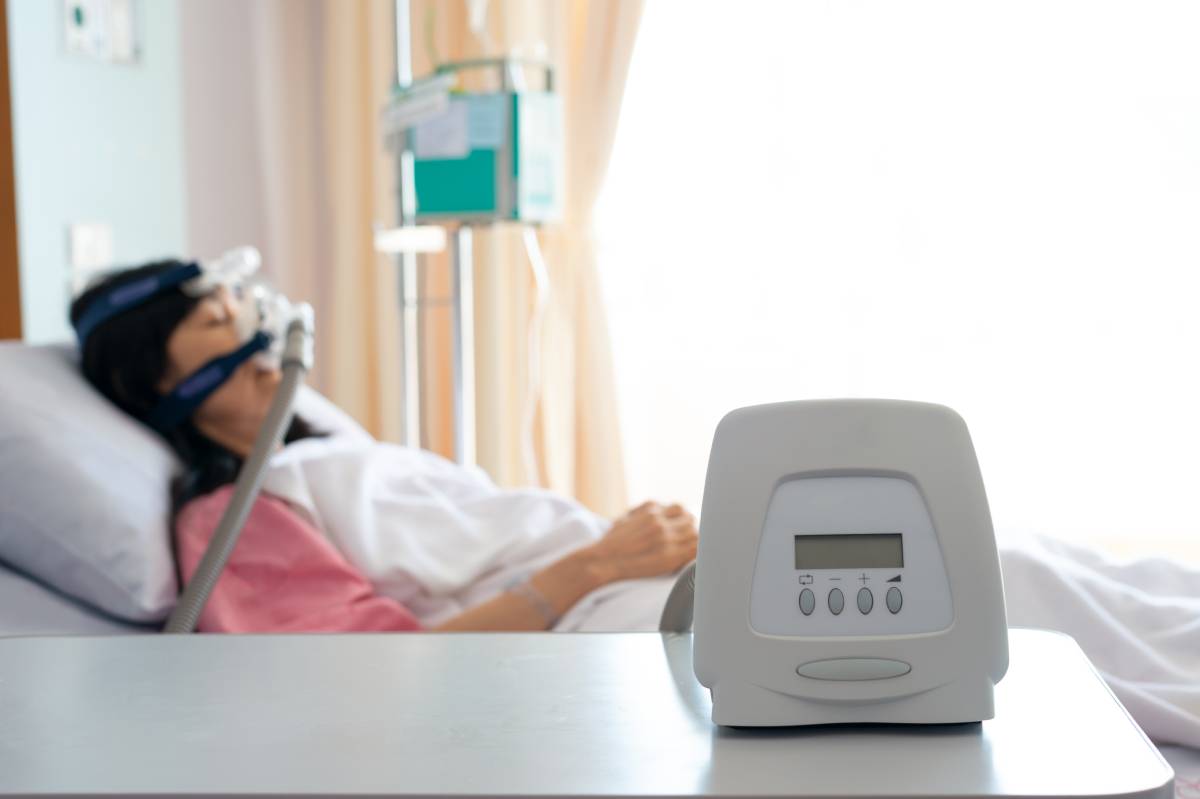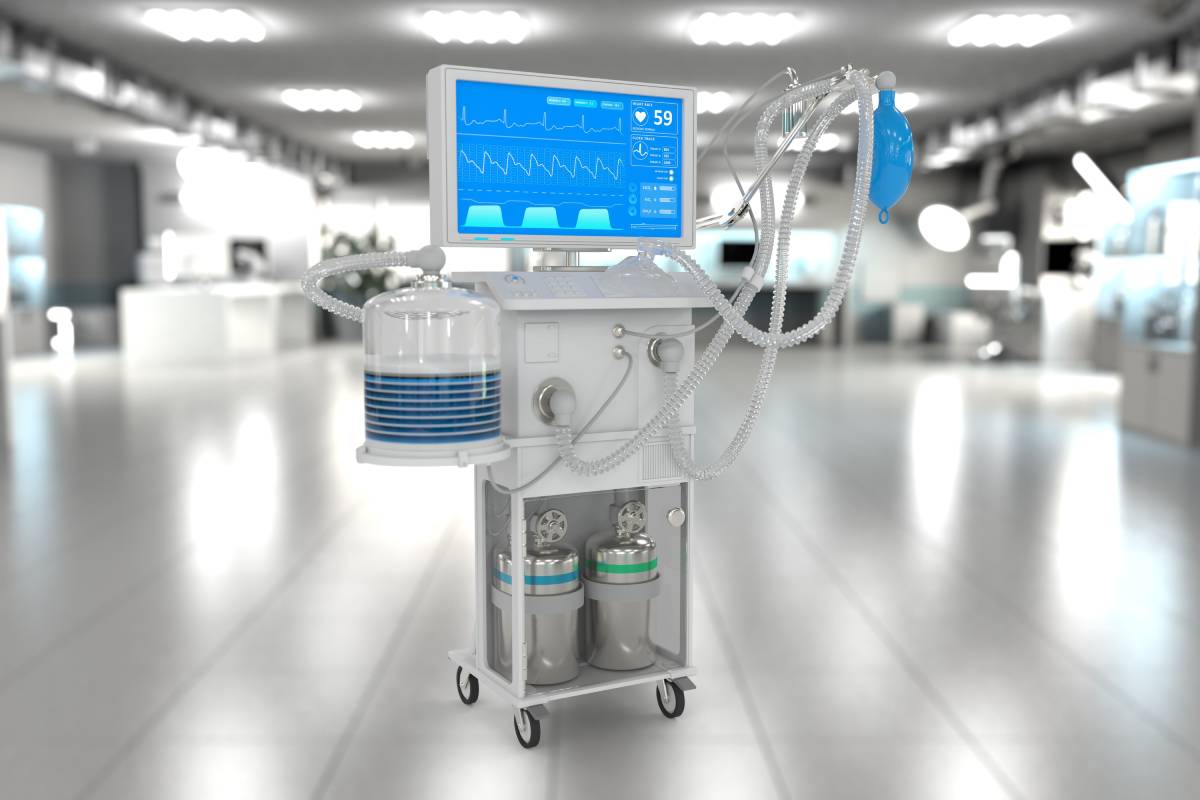Traditionally, anesthesia care for surgical patients has lacked in continuity, with negative impacts on patient safety and well-being. On top of this, high health care costs have been a major complaint – driven in part by complications, longer than necessary stays, and preventable readmissions1. To address these challenges, the perioperative surgical home (PSH) has emerged as a recent innovation in perioperative care delivery. This model is defined as a “patient-centered and physician-led multidisciplinary and team-based system of coordinated care that guides the patient throughout the entire surgical experience”. A PSH leadership team, consisting of key figures from anesthesia, surgery, and hospital management teams, coordinates the pre-, intra-, and post-operative elements of surgical care under one unique organizational umbrella2. This model of care was envisioned by leaders of the American Society of Anesthesiologists’ Committee on Future Models of Anesthesia Practice to address the standards of a new health care paradigm emphasizing healthy patients, satisfied providers, enhanced population health, and lower health care costs3.
Preoperatively, the PSH model of care includes patient engagement, the use of evidence-based protocols, thorough patient and stakeholder education, and the creation of a transitional care plan. Intraoperatively, the PSH model of care capitalizes on identifying the personnel best tailored to patient status and surgery type, optimizes supply chain operations and efficiency, and oversees the implementation of standardized protocols. Postoperatively, the PSH model of care ensures the right level of care, integrated pain management procedures, and prevention of any surgical complications. Finally, long-term, the PSH model of care oversees the smooth coordination of discharge plans, patient education, seamless transition to the appropriate context of care, and efficient functional rehabilitation of patients.
Though assessments of the perioperative surgical home model have not yet been carried out in a systematic and widespread way given its novelty, a recent 2020 study sought out to compare characteristics across various PSH models4. These shared characteristics included an emphasis on preoperative patient education, standardization of care protocols across all surgical phases, use of opioid-sparing analgesia, and collaborative staffing. Overall, PSH program implementation was confirmed to be associated with a decreased length of hospital stay, reduced administration of postoperative opioids, minimized resource utilization, improved operational efficiency, and decreased postoperative complication and mortality rates. Indeed, and in light of the University of California Irvine Health’s experience implementing a PSH model for example, the PSH model appears to offer a very bright future for the field of anesthesia1. Nevertheless, PSH implementation programs have not yet been meaningfully associated with reductions in readmission rates, and, despite some claims of an association between a PSH model of care and savings to hospitals and health care management, findings related to cost reductions following PSH implementation have remained largely ambivalent.
In conclusion, early evidence indicates that, through care coordination, protocol standardization, and patient-centered lens, PSH programs can improve patient postoperative recovery outcomes and decrease hospital stays. In addition to its goal of revitalizing the anesthesiology specialty given the expanded role of anesthesiologists in its model of care5, the perioperative surgical home aims to ensure a continuous, seamless coordination of care for a more efficient and positive patient experience.
References
1. Kain ZN, Vakharia S, Garson L, et al. The perioperative surgical home as a future perioperative practice model. Anesth Analg. 2014. doi:10.1213/ANE.0000000000000190
2. Vetter TR, Goeddel LA, Boudreaux AM, Hunt TR, Jones KA, Pittet JF. The Perioperative Surgical Home: How can it make the case so everyone wins? BMC Anesthesiol. 2013;13. doi:10.1186/1471-2253-13-6
3. Perioperative Surgical Home (PSH). https://www.asahq.org/psh.
4. Cline KM, Clement V, Rock-Klotz J, Kash BA, Steel C, Miller TR. Improving the cost, quality, and safety of perioperative care: A systematic review of the literature on implementation of the perioperative surgical home. J Clin Anesth. 2020. doi:10.1016/j.jclinane.2020.109760
5. Kwon MA. Perioperative surgical home: A new scope for future anesthesiology. Korean J Anesthesiol. 2018. doi:10.4097/kja.d.18.27182










